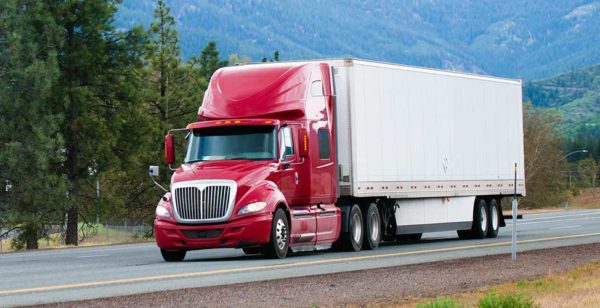 The problem with a regular box van is that while it is fine for dry goods and electronics, there are many products need to breathe but still be protected from direct sunlight, such as fresh produce or dairy products.
The problem with a regular box van is that while it is fine for dry goods and electronics, there are many products need to breathe but still be protected from direct sunlight, such as fresh produce or dairy products.
Vented van trailers are different from slat-sided trailers in that the vents are very small. These shipping trailers have from one to eight small vents, usually about 8” across one the corners of the front and back ends of the trailer. These vents allow the air to flow through the vehicle, lowering the temperature significantly. Vented vans are usually mid length, or about 53’ but standard 8’ width and, in some cases, are taller by about 6 inches.
One of the main uses for these trucks is to move produce from farm to market. Farmers usually request refrigerated trucks during the summer and the weather is especially hot. But the rest of the year they will use vented trailers instead of reefers to save money as long as the weather remains cool and field fresh.
There are disadvantage to using these vans though. If they are used in the winter the low temperatures will most certain damage many different types of produces, from food to sensitive electronics. Drivers need to check the weather in front of them before moving to make sure that temperatures do not drop below 30C to protect the load from damage. These goods can range in value from a few thousand dollars to hundreds of thousands of dollars and, unless they need that extra airflow, using a vented van is probably not the best idea.
The best van for shipping dry goods is the simple box van. Vented vans are excellent for certain goods, better than box vans, but for general shipping the box van is the simplest and safest shipping method available.


